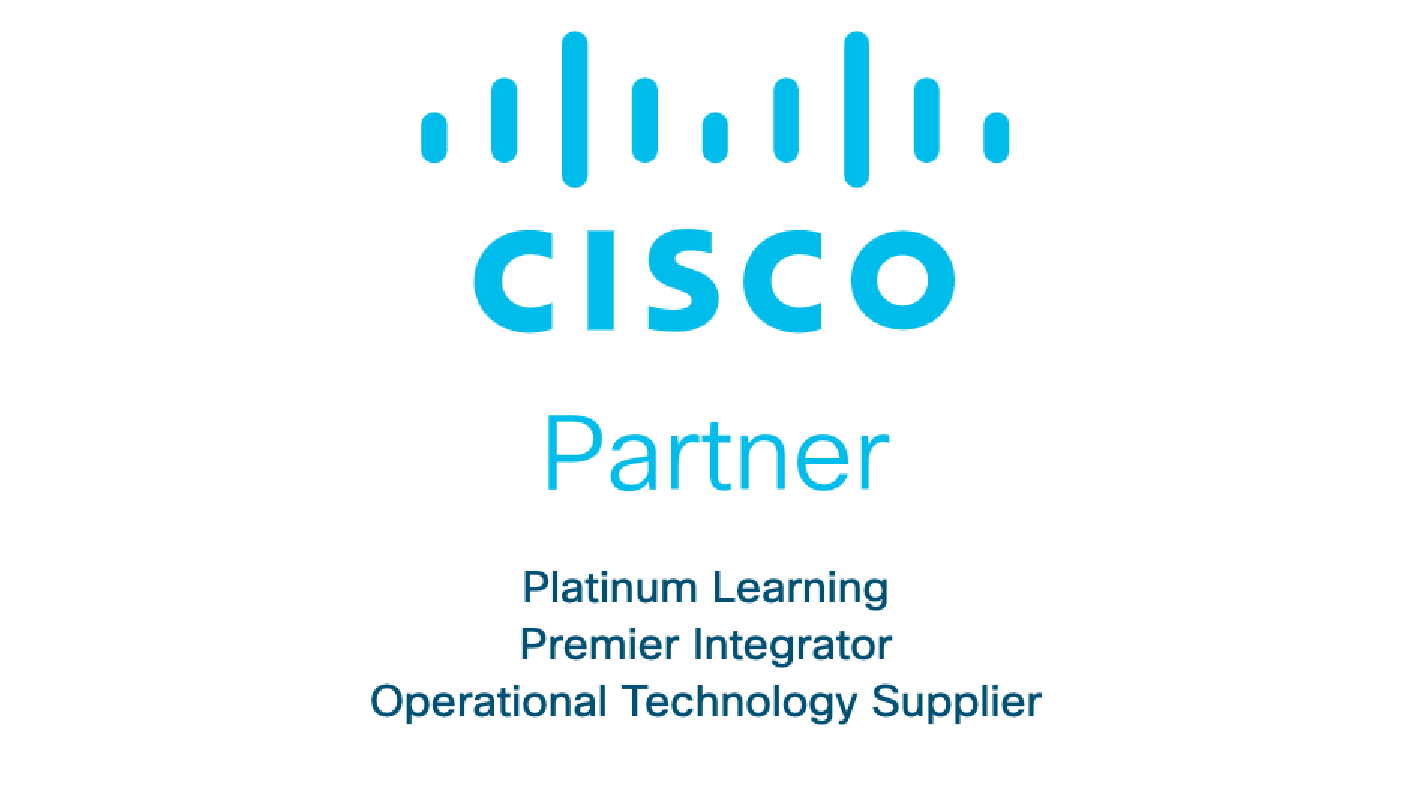HF-Elite - Cisco Nexus Hyperfabric Elite v1.1
Course Description
The Cisco Nexus Hyperfabric Elite (HF-Elite) v1.1 course is an intensive three-day, instructor-led program designed for data-center, network, and DevOps professionals who need to design, deploy, and operate modern VXLAN EVPN-based fabrics using Cisco Nexus Hyperfabric.
Learners will gain a deep understanding of the Hyperfabric architecture, Cisco Nexus 6000 Series platform, cloud-based controller operations, and the fabric blueprinting lifecycle—from design to installation, configuration, and management.
Through interactive lectures, real-world design examples, and guided labs, this course empowers engineers to simplify complex fabric operations and implement scalable, secure, and resilient data-center infrastructures using Cisco’s next-generation cloud-managed platform.
This course also earns you 24 Continuing Education (CE) credits towards recertification.
$2995
CLCs: 30
Length: 3 days
Format: Lecture and Lab
Delivery Method: Virtual / Onsite
Max. Capacity: 25

Target Audience
This course is ideal for:
- Data-center and network engineers responsible for fabric deployments and lifecycle management.
- Solution architects designing or migrating to VXLAN EVPN-based environments.
- DevOps or NetDevOps practitioners integrating automation and cloud workflows.
- Cisco partners, consultants, and customers seeking advanced skills in Hyperfabric operations.
Prerequisites
- Familiarity with Cisco Nexus switching platforms (Nexus 9000 or 6000 Series).
- Understanding of data-center networking fundamentals: VLANs, VXLAN, BGP, and EVPN.
- Experience with IP addressing, routing, and Ethernet switching.
- Completion of ENCOR (350-401) or equivalent experience recommended.
Course Objectives
Upon completing this course, participants will be able to:
- Explain the architecture, components, and use cases of Cisco Nexus Hyperfabric.
- Design and configure a VXLAN EVPN fabric, including key protocols, packet flows, and configuration elements.
- Use the Hyperfabric Cloud Controller to blueprint, deploy, and manage a complete fabric lifecycle.
- Operate, monitor, and troubleshoot fabric components and controller events.
- Manage software upgrades, port-channels, and node operations within the controller GUI.
- Plan and execute fabric installation, topology design, and hardware ordering workflows.
Detailed Course Structure
Module 1 — Introduction
Gain foundational knowledge of Cisco Nexus Hyperfabric, its architecture, benefits, and components.
- Define Cisco Nexus Hyperfabric and its use cases.
- Identify features, benefits, and deployment scenarios.
- Understand the role of the Cloud Controller and Cisco 6000 Series platform.
- Explore supported topologies and the end-to-end installation process.
Objectives:
- Identify the components of the Cisco Nexus Hyperfabric fabric.
- Describe the features of the Cloud Controller and 6000 Series platform.
- Explain topologies and installation workflows for Hyperfabric networks.
Module 2 — VXLAN EVPN Fabrics
Build a solid foundation in VXLAN EVPN technology—the underpinning of Hyperfabric designs.
- Compare legacy networks vs. modern fabric architectures.
- Examine VXLAN encapsulation, EVPN control plane, and their operational synergy.
- Analyze the benefits, key features, and packet flow within a VXLAN EVPN fabric.
- Identify configuration elements required for implementation and optimization.
Objectives:
- Identify the components of a network fabric.
- Describe the protocols and functions used in VXLAN EVPN.
- Explain Layer 2 and Layer 3 packet flow in a VXLAN EVPN fabric.
Module 3 — Designing the Fabric Blueprint
Master the practical steps of designing and deploying a Hyperfabric network using the Cloud Controller GUI.
- Navigate the Cloud Controller interface and blueprint workflow.
- Configure port-channels, manage nodes, and explore event-viewer functions.
- Understand hardware ordering, deployment tracking, and software management features.
- Learn techniques for Day-2 operations, upgrades, and managing multi-site fabrics.
Objectives:
- Identify the main components and workflow of the Cloud Controller GUI.
- Design and deploy a complete fabric blueprint.
- Manage fabrics, nodes, and software lifecycles efficiently.
- Utilize the event viewer for monitoring and troubleshooting.
Key Takeaways
By the end of this course, learners will:
- Confidently design and implement a Cisco Nexus Hyperfabric from blueprint to operation.
- Understand the underlay and overlay components of VXLAN EVPN fabrics.
- Operate Cisco’s cloud-based controller for centralized fabric lifecycle management.
- Gain readiness for enterprise and service-provider fabric deployments.
Course Duration
3 Days (24 hours total)
Instructor-led with hands-on labs and guided demonstrations.
Delivery Method
- Instructor-led classroom or virtual delivery.
- Lecture, interactive discussion, guided lab exercises, and real-world design scenarios.
Certification Alignment
This course complements Cisco’s data-center learning track and prepares learners for advanced fabric-design roles. It also serves as a foundation for future Cisco certifications in data-center automation and cloud-managed network operations.
Upcoming classes dates & times
| Date | Geography | & | Location | Days | Cost | CLC | GTR | |
| Jan 28, 2026 | EMEA | Remote GMT | 3 | $3000 USD | 30 | - | Register |
